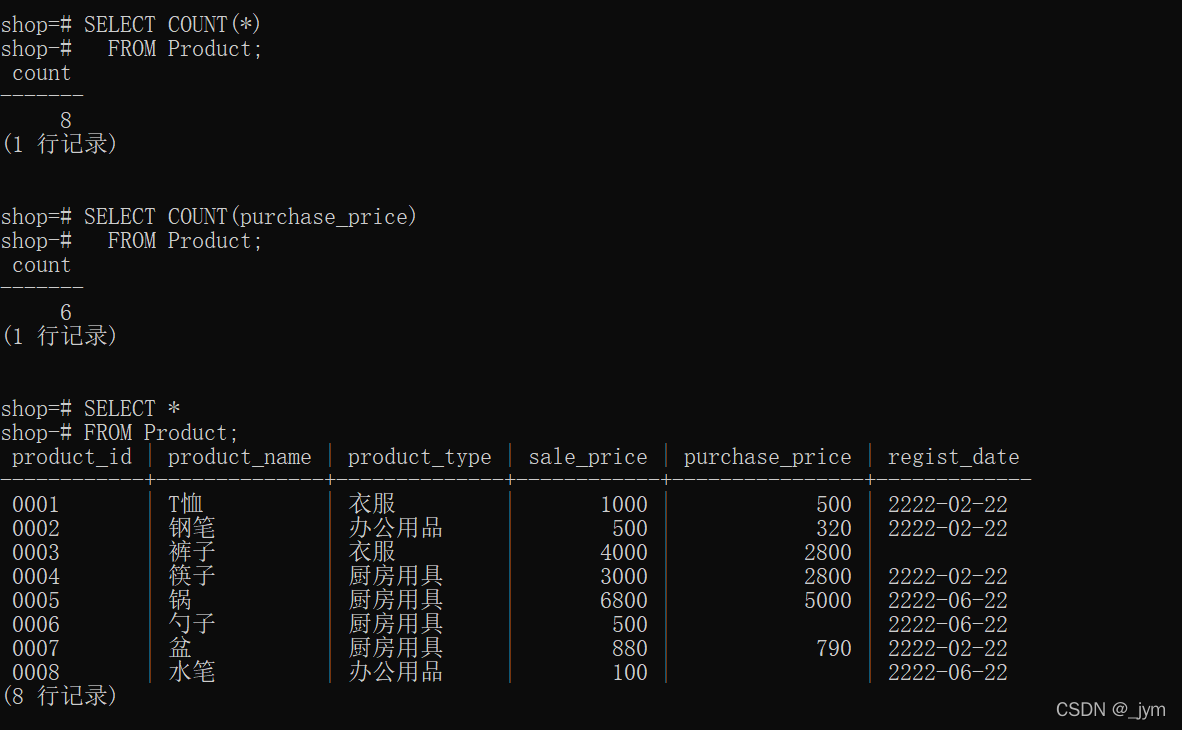文章摘要
这篇文章介绍了如何使用JavaScript来验证用户提交的用户名和密码是否为空,并通过form表单提交验证结果。文章分为两种方法: 1. 方法一通过`checkUser()`函数检查`username`和`password`字段是否为空。如果输入为空,函数提示用户并返回`false`;否则返回`true`。form表单设置为`method='post'`,并通过`onclick`属性调用`checkUser()`函数。 2. 方法二同样使用`checkUser()`函数,但逻辑稍有不同。如果`username`或`password`为空,函数提示用户并返回`false`;否则提交form。需要注意的是,当form提交失败时,函数不会返回`false`,导致用户无法收到提交失败的提示。 文章的重点在于如何通过JavaScript实现form验证,并提供了两种不同的实现方法供参考。
方法一:JS判断提交
js函数
1 2 3 4 5 6 7 8 9 10 11 12 13 14 | function checkUser(){var result = document.getElementById("userid").value;var password = document.getElementById("userpassid").value;if(result == "" ){return false;}if(password == "" ){alert("密码不能为空");return false;}else{return true;}} |
form表单
1 2 3 4 5 | <form id="formid" name="myform" method='post' onsubmit="return checkUser();" ><input type="text" value="" class="text2" name="username" id="userid"/></td><input type="password" value="" class="text2" name="userpass" id="userpassid"/></td><input type="submit" value="" class="btn2" /></form> |
方法二:
1 2 3 4 5 6 7 8 9 10 11 12 13 | function checkUser(){var result = document.getElementById("userid").value;var password = document.getElementById("passid").value;if(!result){alert("用户名不能为空");return false;}if(!password){alert("密码不能为空");return false;}document.getElementById("formid").submit();} |
form表格的写法,需要写id
1 | <form id="formid" method='post'> |
button按钮的写法如下:
1 | <input type="button" value="" class="btn2" onclick="checkUser();" /> |
© 版权声明
文章版权归作者所有,未经允许请勿转载。



